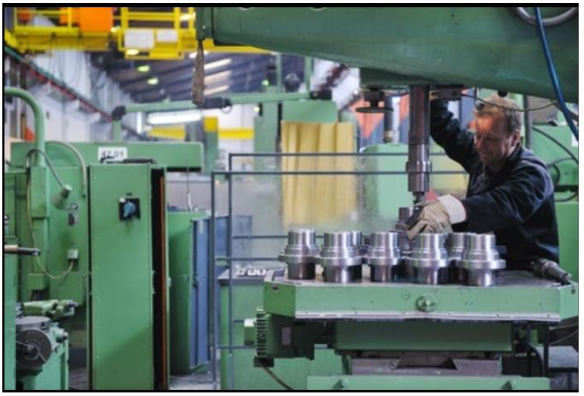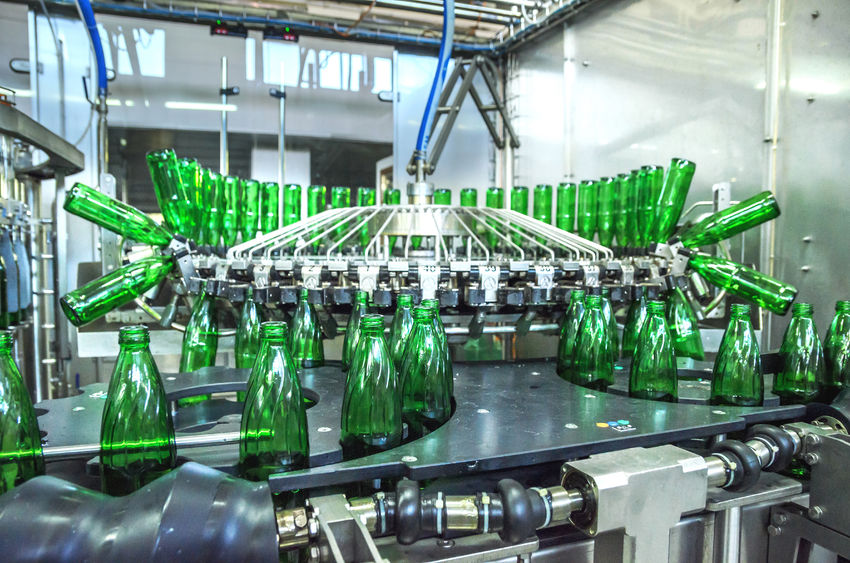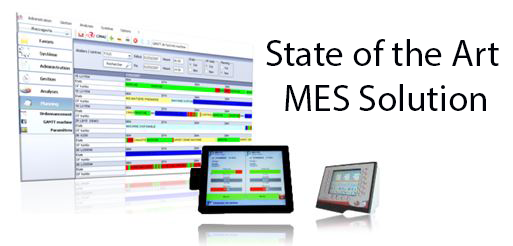

Schedule Attainment - the Road to Satisfied Customers, Efficient Operations, and Higher Profits


Introduction
Scheduling is the last step in the Planning Process and it is often not given the importance it deserves amongst the chain of events that need to take place for Customer Orders to be delivered on time and in full.


The accumulation of issues that remain unresolved or not fully resolved converge at the time of scheduling shop orders. The production schedule will therefore be affected by raw materials delivery delays, unexpected machinery downtime, quality issues, absenteeism and overly aggressive setup, move or queue times assumptions.
What is the Scheduler’s Responsibility?
It is the responsibility of the scheduler to find ways to overcome those issues and fulfill the orders as close as possible to the original plan with the least possible disruption to manufacturing operations.


The more complex and the more alternatives in the manufacturing process, the more critical the scheduling function:
- Operations that can or need to be performed in one work center in particular
- Products with Bills of Materials (BOM) that offer no alternative raw materials or components
- Sequence of operations that cannot be altered
- Shop orders that need to follow a certain sequence in order to avoid extensive disassembly times
All the above curtail the scheduler maneuverability.
Production that allows for alternatives in the above–mentioned aspects of the process also allows the scheduler a bigger impact in the on–time fulfillment of Customer Orders. More variables however, imply a more complicated decision process. In those instances, scheduling production is practically impossible without the aid of a computer system.


Dynamic Setup and Disassembly Times
Some industries have extensive setup and disassembly times and reducing those times is therefore critical for an operation to be efficient.
In the Plastics industry, for example, clean-up time required before the machine is available to start the next shop order can represent a very substantial part of the overall production time. Reducing that time is, therefore, crucial to be competitive.
![]()
![]()
In the metal industry, the right sequence of jobs to be produced in a large press will result in relatively small and progressive tool changeovers. The wrong sequence, on the contrary, will translate to very complicated and time-consuming tool changeovers.
In those instances when setup and disassembly times have a considerable impact, and when the setup and disassembly times are dynamic, the scheduling logic needs to incorporate the job sequence when determining the production schedule.
The need to use dynamic setup and disassembly times in the routings is a good example of the need for a computer system to be able to schedule effectively. It would be impossible for a Scheduler to be able to assess all the variables needed to optimize the schedule without the aid of a computer system.
ASAP and JIT Scheduling
In some operations the capacity load “pushes” the schedule, in others, requirements “pull” it.


When the capacity load “pushes” the schedule, the plant will be front-loaded. Production takes place as soon as there is capacity available. We define that logic as ASAP.
When the schedule is driven by the due dates of the orders, production takes place at the last possible time that will still allow us to meet the due dates of the orders. We define that logic as JIT.
A sophisticated scheduling system will allow intermittent changes between ASAP and JIT logic. Some will allow for certain periods to be held static (the schedule not to change within a horizon of time) and some will even allow particular shop orders to be held static.
How to Consistently Create Good Production Schedules
Good Production Scheduling will increase uptime, reduce scrap, improve efficiency and increase profitability.
Manufacturing Execution Systems (MES) are the vehicle by which real-time data, logic, variables, and constraints come together to help the scheduler find the best possible solutions. Similar to other computer systems, MES have evolved from being a technology available only to large companies, to currently being widely available to small and mid–size businesses.


MES solutions not only provide a visual presentation of the schedule and the changes made, but it also incorporates levels of granularity and special logical elements not available in ERP systems. Additionally, MES solutions provide a very efficient communication channel between the scheduler and the floor operators and supervisors.
Summary
As stated above scheduling is where the accumulation of unresolved issues converge, it should also be where the solutions to those issues are formulated. A lot has been written regarding changing workers’ attitudes and behaviors. For those attitudes and behaviors to change, management needs to ensure workers have the right tools for the job.
Production schedulers need to be provided with the tools to be able to find the best possible scheduling solutions. Solutions that will ensure the highest level of Customer satisfaction. An MES might be, dollar for dollar, the best investment to ensure improved business efficiency and productivity.
More From Us
Schedule Attainment
Schedule Attainment – the Road to Satisfied Customers, Efficient Operations, and Higher Profits Introduction Scheduling is the last step in the Planning Process and it...
Read MoreHow to Successfully Implement a Computerized Planning and Scheduling System
How to Successfully Implement a Computerized Planning and Scheduling System Introduction The purpose of this article is to challenge readers to look at the implementation...
Read MoreHow Big Data Can Improve Operations
How Big Data Can Improve Operations Overview “You can’t improve what you don’t know, and you can’t know what you don’t measure” is a well-known...
Read MoreReal Time Flow of Information Key to Improving Shop Floor Operations
Real Time Flow of Information Key to Improving Shop Floor Operations In order to remain competitive in today’s global manufacturing space, it is essential for...
Read More